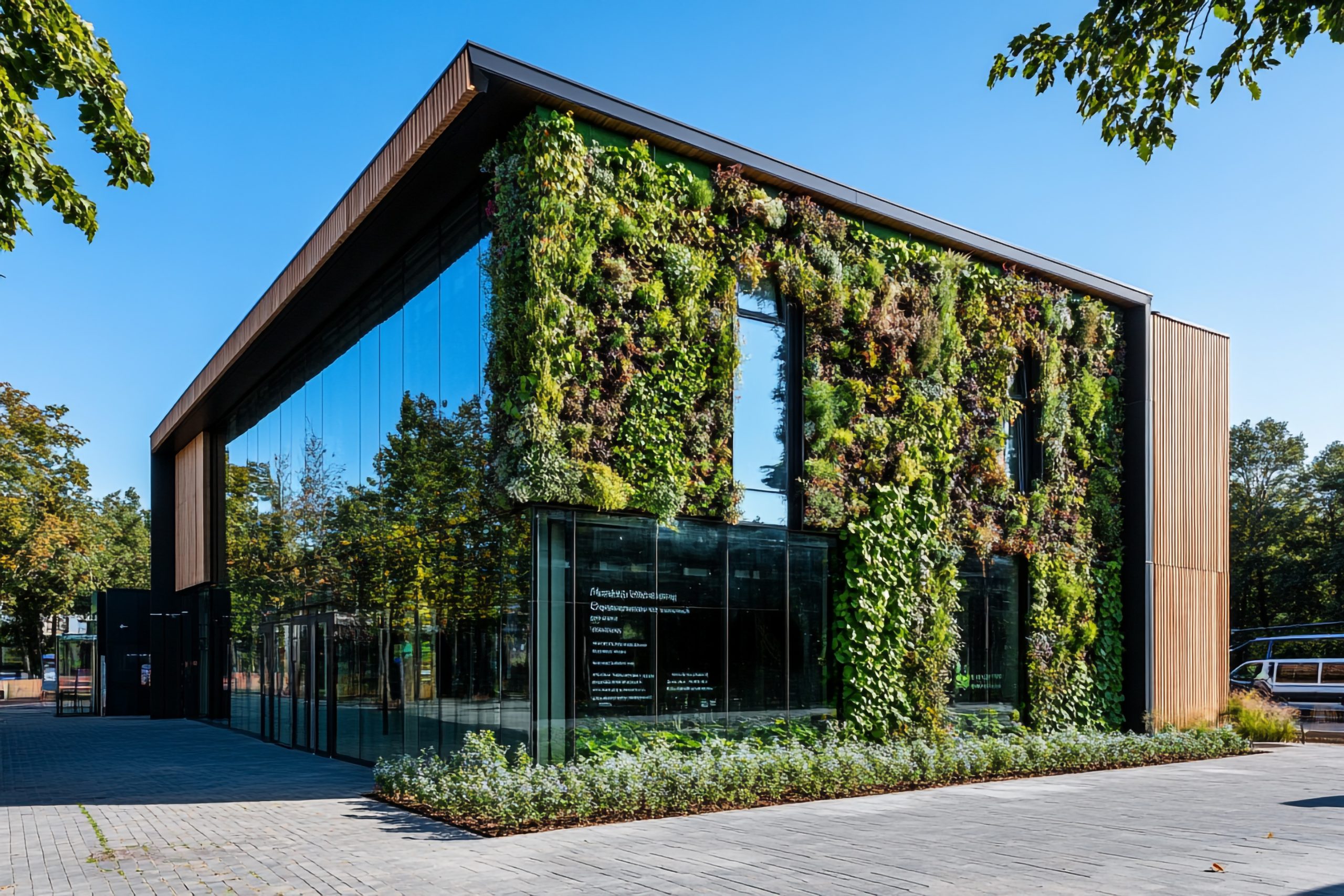In the built environment, the foundation of every successful project isn’t just laid in concrete—it’s laid in coordination. Long before the first brick is placed, a project’s success is determined by how well it is planned, coordinated, and managed in the early design stages. For large-scale developments in sectors such as hospitality, mixed-use, transportation, and commercial real estate, early-stage design coordination is not just valuable—it is essential.
As design and construction processes become increasingly integrated, the need for precise alignment between disciplines has never been greater. Architects, engineers, planners, developers, and regulatory bodies must work in harmony from the outset. This is where the role of a design manager becomes pivotal—ensuring that all contributors to a project are engaged, informed, and moving toward the same goal.
Why Early Coordination Matters
At the early design stage, fundamental decisions are made that shape the entire trajectory of a project. This includes spatial planning, structural strategies, MEP considerations, sustainability targets, and local compliance requirements. If these decisions are made in isolation or without input from key stakeholders, they can lead to costly revisions, delays, or design compromises later in the project.
With proper coordination led by an experienced design manager, potential issues are flagged and resolved early—before they evolve into major obstacles. Whether it’s resolving a clash between a structural beam and HVAC ductwork or ensuring a fire egress path complies with local code, these elements are most efficiently addressed in the initial design phase.
Driving Multidisciplinary Integration
One of the greatest challenges in large-scale projects is the integration of diverse disciplines. Each team—architectural, structural, MEP, interior design—often works with its own priorities, tools, and timelines. Without central coordination, silos emerge, and inconsistencies begin to affect the design outcome.
A dedicated design lead mitigates this by facilitating cross-disciplinary collaboration through workshops, design reviews, and structured coordination meetings. They ensure that everyone is working from the latest design intent and that the project remains aligned with both technical and strategic goals.
Leveraging Technology for Smarter Coordination
Modern tools such as Revit, BIM 360, and MS Project have become indispensable in this process. They allow teams to visualize the project in 3D, simulate clashes, coordinate schedules, and share live updates. However, technology alone isn’t enough—it must be supported by clear communication protocols and a proactive coordination strategy.
This is where experienced professionals like Christopher Lambert bring value. With decades of experience in design and project delivery, Christopher’s approach emphasizes proactive risk mitigation, strong team leadership, and the seamless integration of technical and design requirements.
A Collaborative Path to Project Success
Ultimately, early-stage design coordination is about building alignment—between teams, between design and delivery, and between vision and reality. It’s about ensuring that each stakeholder, from concept to construction, understands their role and how it impacts the bigger picture.
In today’s high-stakes, high-expectation construction environment, early design coordination isn’t just a process—it’s a competitive advantage. Projects that embrace this approach consistently deliver better outcomes: fewer delays, lower costs, and higher-quality results that stand the test of time.




